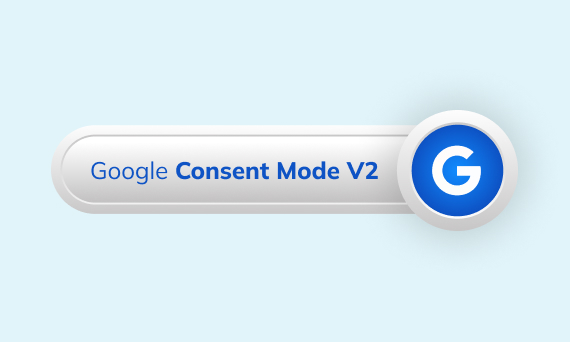Contact Us

14.11.2022
This month’s blog topic is portfolio preparation, which is one of the vital issues for a designer. I will talk about what you need to do to be one step ahead of other designers in the design industry, which is a very competitive environment.
In this blog, we will find answers to questions such as what works a designer’s portfolio should include and evoke emotions, etc. First of all, presentation is everything! There are some tricks to marketing yourself, or rather your business, so to speak. For example, when an employer or potential client browses your portfolio, they should have confidence in you and your work and make sure you are the designer they are looking for. We can compare this situation to someone taking a test drive before buying a car. Buyers also want to make sure the vehicle runs well and can meet their needs. How about a sense of trust through a portfolio? The answer is very simple to have references from your previous clients. In addition to having a reference letter, writing summaries that will not exceed a paragraph that you describe briefly and using technical words will also provide a sense of confidence, in addition to your works in which you graphically show that you are dominant in your field. Another trick is to have a CTA (Call to Action) button in your portfolio, as in all e-commerce sites! You should make the section with your contact information visible like a CTA button. At this point, design principles such as hierarchy and contrast can be used. I hear you say it’s our job to make things visible and draw attention there, so I leave the rest to your design language. 🙂 Another way to build trust is by rebranding how you solved your brand’s problem, or by presenting a leaflet design (brochure) that you will prepare concisely. Telling it like a story would be very effective.
Another issue I would like to mention is “Is design an art?”. This question has been the subject of much debate, but the answer is absolutely clear. No. For this reason, it would be a wrong move to try to turn your portfolio into a work of art. Because art is subjective, the expectations of potential employers in portfolio and CV preparation will be more undisputed and in favor of solidity, so there is no room for subjectivity. When you prepare your portfolio by the design principles, you will receive positive feedback. Finally, let’s talk about how many jobs you should put in your portfolio. You should avoid putting in all your work. You should put a few of your favorite works and not all pages of those works. Otherwise, the browsing person will get lost between the pages and think that you are lacking in highlighting the necessary points. In short, it is necessary to apply the same principle that we apply to your designs in your portfolio, in English; “Less is more!”.
The essence of the matter is that the portfolio design should be just like the designs you prepare for a brand. The only difference is that you are the brand you will represent here. Avoid redundancy and emphasize credibility. Because remember, presentation is everything!
REFERENCE:
Perfist Blog
Similar Articles

With the transition from Universal Analytics to Google Analytics 4, there may be some issues you need to resolve. One of these issues is “unassigned” traffic. Dimensions appearing as “unassigned” / (not set) in reports negatively impact your ability to analyze and optimize. We will discuss the causes of “unassigned” traffic in your GA4 reports […]
Read More
Beginner Level Web/App Analytics
Earlier this year, Google Cloud announced that BigQuery data warehouse supports automatic data transfer from Facebook Ads. In its preview stage, this feature offers an alternative way to enhance analysis and insights by allowing the scheduling of data loading tasks. With this integration, the need for third-party tools or manual code execution is eliminated. This […]
Read More
Mid Level Web/App Analytics
By combining the app and web data in Google Analytics 4, app analysis has become more easily trackable. Firebase Analytics allows you to easily track your iOS or Android app with GA4. With numerous different tools available for mobile app tracking, being able to see both web and app data within the same property is […]
Read More
Mid Level Web/App Analytics
Businesses want to use as much data as possible from analytics and marketing cookies. However, in order to collect and use this data, they need to comply with laws such as KVKK/GDPR. By enabling Cookie Mode, Google helps to use cookies according to the level of consent. In other words, with Cookie Mode, users’ privacy […]
Read More
Mid Level Web/App Analytics